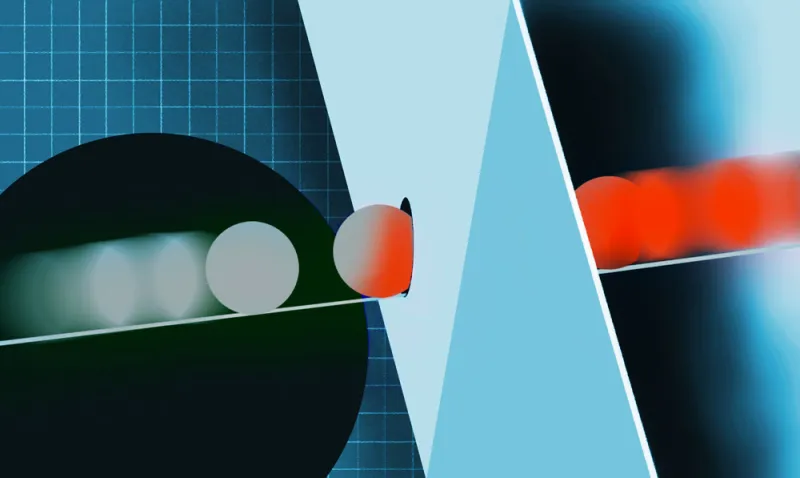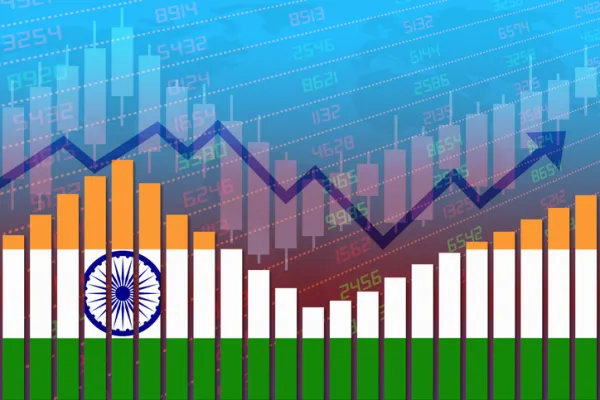Past performance may actually be indicative of future returns — at least among certain high-performing active managers.
Portfolios that deviate significantly — and skillfully — from their benchmarks were found to demonstrate performance persistence in a new study from Notre Dame professor Martijn Cremers and co-authors Jon Fulkerson of the University of Dayton and Timothy Riley of the University of Arkansas. The study focused on a sample of roughly 3,300 actively managed separate accounts investing in U.S. equities between July 2007 and June 2016.
“Managers do not need skill to deviate from their benchmark and obtain a high active share,” the authors wrote. (Active share refers to how much the stocks in a manager's portfolio differ from those in the index.) “It does, however, take skill to manage an outperforming high active share portfolio over a long period of time.”
Based on this logic, the authors analyzed the performance of the highest-returning separate accounts. They found that portfolios in the top-quintile of past performance subsequently delivered alpha of just 0.25 percent per year. Looking at only separate accounts with high levels of active share — those ranking in the bottom 20 percent for beta exposure — the researchers calculated future alpha of 1.48 percent per year.
They found no evidence of performance persistence among separate accounts that hugged their benchmarks.
“This result suggests that strong past performance alone is insufficient for subsequent outperformance — a manager must also be highly active,” the authors wrote.
[II Deep Dive: BlackRock, Goldman, Vanguard to Open Up on Active Share]
High levels of active management were particularly fruitful in small-cap strategies, according to the study. Small-cap strategies with past performance and active share in the top 20 percent of separate accounts were found to produce subsequent alpha of 1.82 percent annually. For large-cap strategies in that group, future alpha was negligible, according to the study.
More disparity in stock performance also contributed to higher future returns for demonstrably skillful active managers. When performance dispersion in the stock market was at its highest levels, the separate accounts in the top quintile of past performance and active share delivered alpha of 4.17 percent per year. In periods with less return dispersion, alpha was just 0.47 percent per year for these portfolios, according to the study.
“These results are consistent with the best practices for using active share” to evaluate active managers, the authors concluded. “Not as a stand-alone measure, but in conjunction with other variables capturing managerial skill and opportunity for security selection.”







